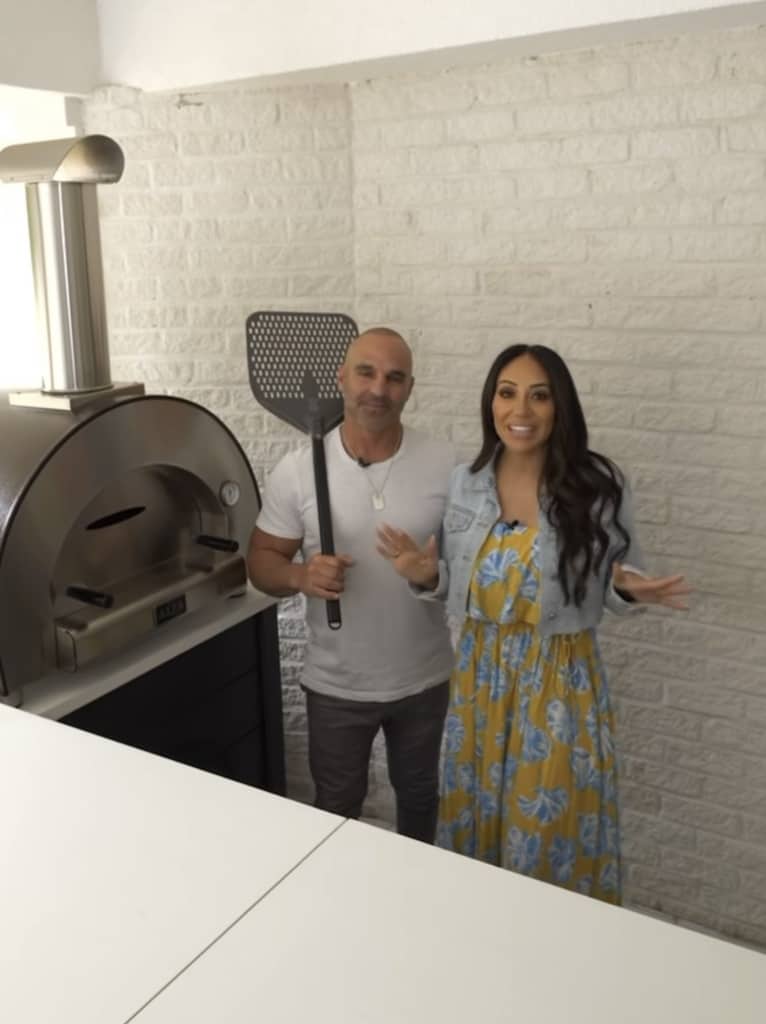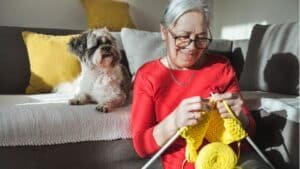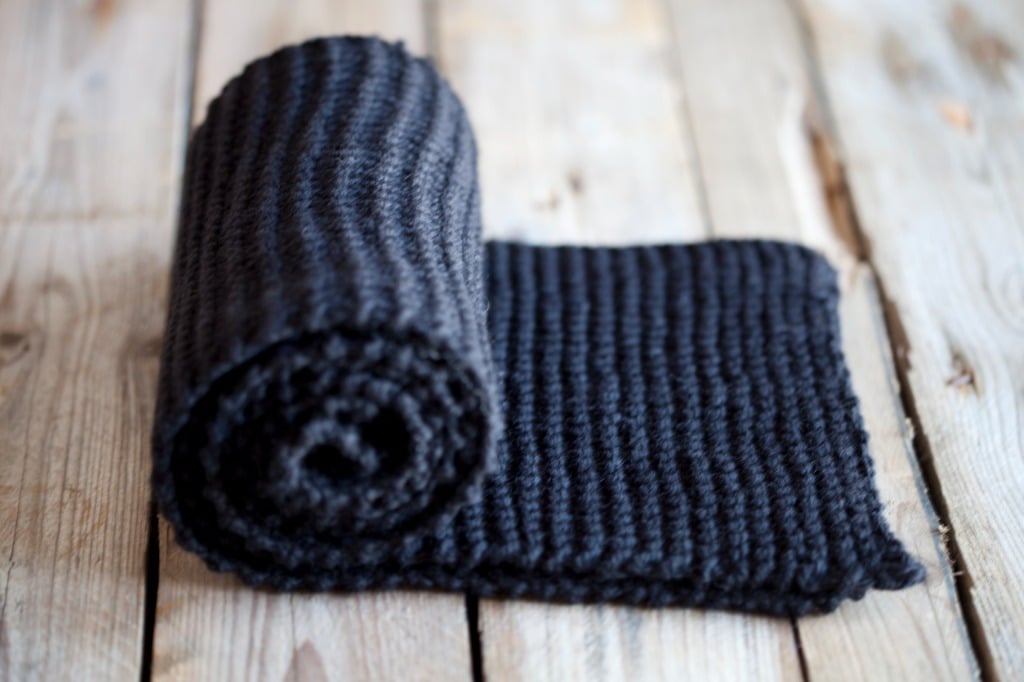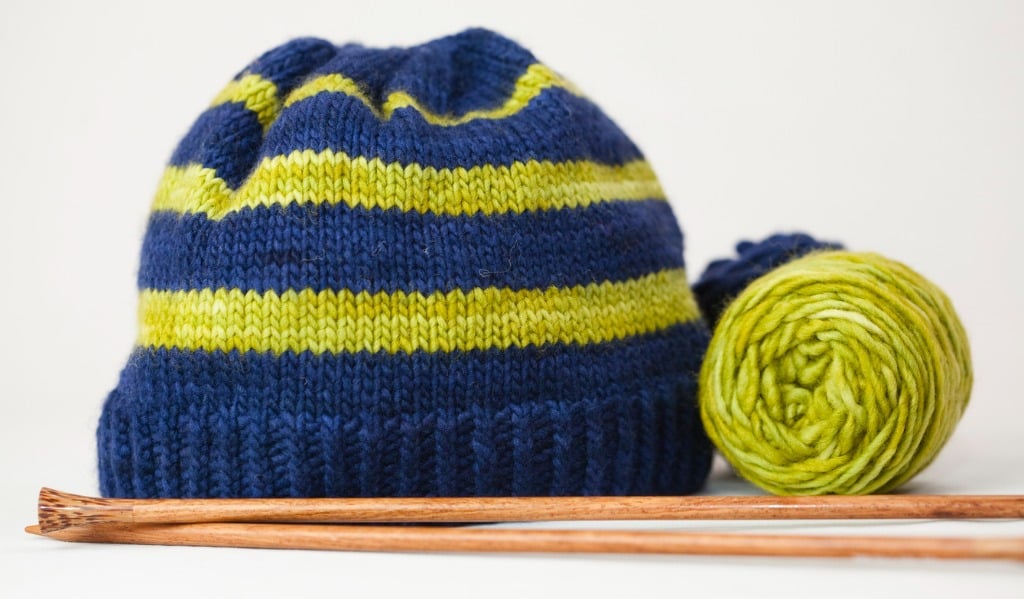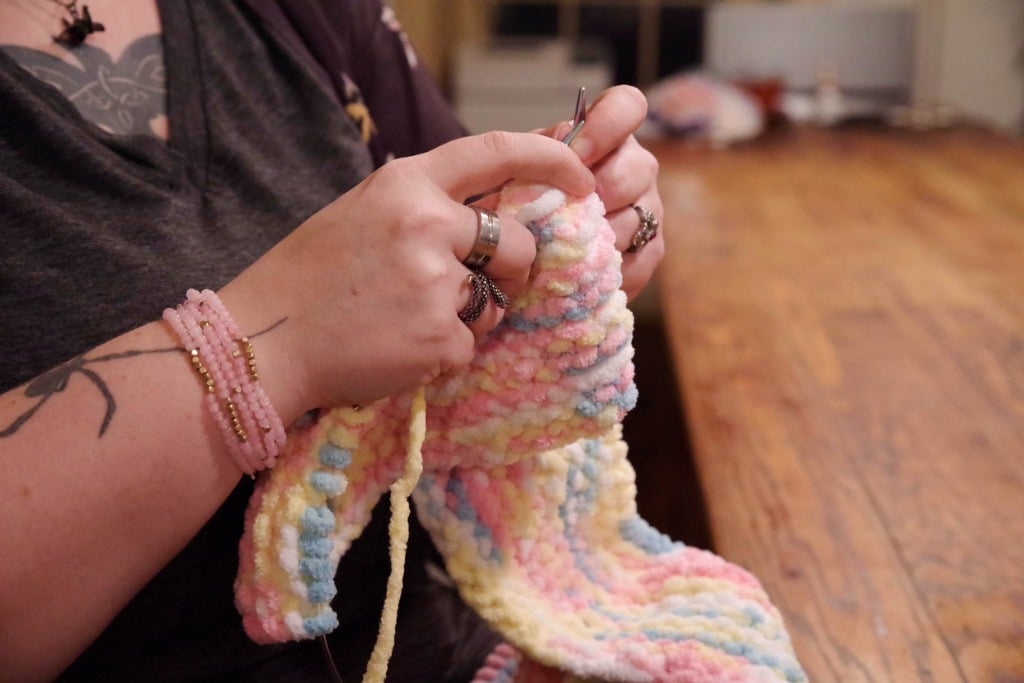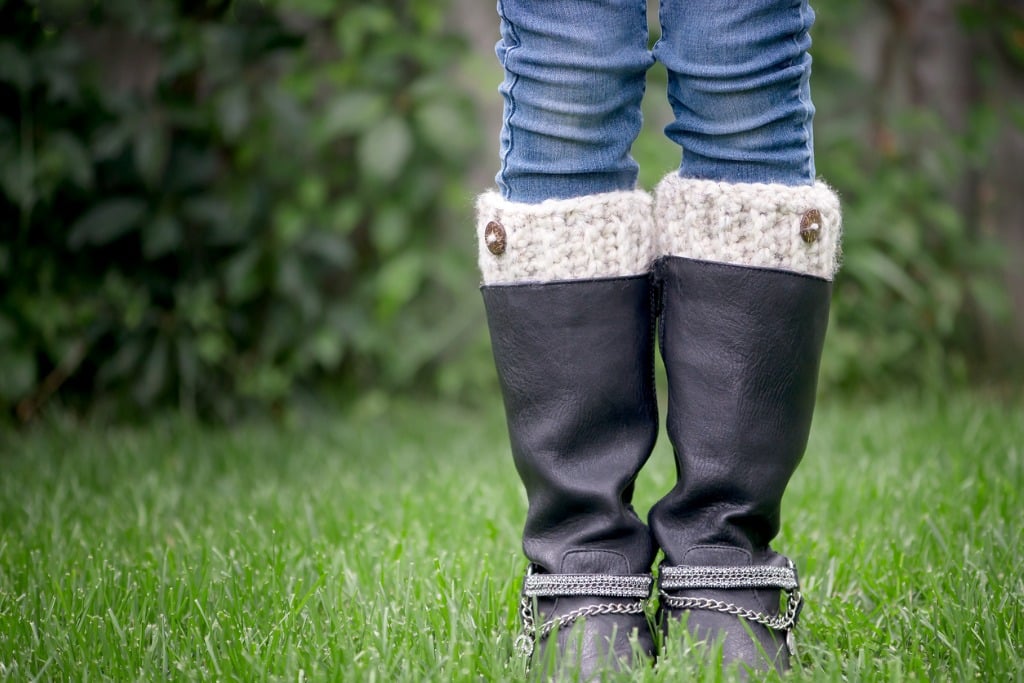Confidence Has No Age Limit

“Am I too old to wear this?”
A question I get frequently from women.
My response: “Why do you ask?”
We have been told by the media, and others who are WAY younger, that we are supposed to wear certain things and not wear others.
Let me tell you, they aren’t in any position to tell us what to wear.
When we are unsure of something, it usually means that we have had an experience where we let somebody else (or something) get in our head and make us believe otherwise. Many women I talk to have accepted this mindset.
As a result, those women feel invisible. And this makes me so sad because it just isn’t true. EVER!
Numbers Mean Nothing!
I have realized that when it comes to our confidence, it comes down to numbers, really. Numbers are the culprit, since they are misleading, and we have used them forever to judge ourselves. They play tricks on us and diminish our self-confidence.
And when I work with my clients, numbers fly out the window, FAST!
What do I mean?
When we work on identifying someone’s body shape and body type, we don’t use measuring tape of any type – I promise!
Instead, we work on unraveling limiting beliefs that started generations ago. But I am here to tell you what I tell my clients:
“You are beautiful. You are relevant. You are needed!”
And we can’t change our age, so that number needs to be celebrated. Remember, every day is a gift, and we get to pick the wrapping paper and the bow!
The next number we use to judge ourselves is size. The average size for a woman is _________. Someone else who knows nothing about us, giving us an arbitrary number that defines us and if we aren’t that number, makes us feel bad or less than! Again, assigning judgment when it hasn’t been asked for, and more importantly, is not true.
I, for one, am not sitting down for the time I have left to roam this earth. I have worked hard to get to where I am, I am proud of who I am and want each of you to feel the same. Midlife and beyond is an accomplishment.
Unleash the Power of Confidence
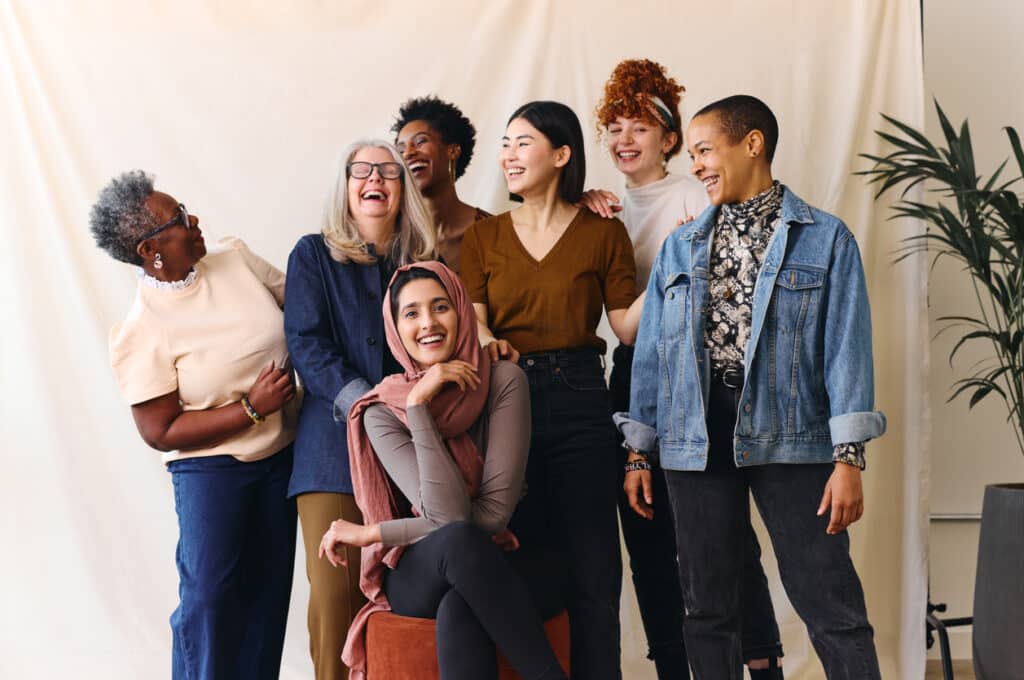
Confidence can be a powerful word – especially to women.
When you don’t have it, it can wreak havoc with:
- your self-worth
- your perspective, and
- your experiences.
Stripping down all these untruths and letting in what you believe (truly from your core) can be life-changing for you. It certainly has been for me and the women I work with.
As I’ve written before in my articles, age is an image, and we get to decide which image we portray every single day!
Style isn’t about the clothes; it’s about how you feel. You wear your clothes; they do not wear you. And, that, my lovelies, is the opposite of what we’ve been told to do. They tell us to “buy this; wear it this way; this is the IT color; you must follow this trend.”
That’s why fashion is fleeting, and style is forever. You know the phrase “a slave to fashion”? It’s one of the reasons I had so many pieces in my closet that I never wore.
Your Uniqueness Matters
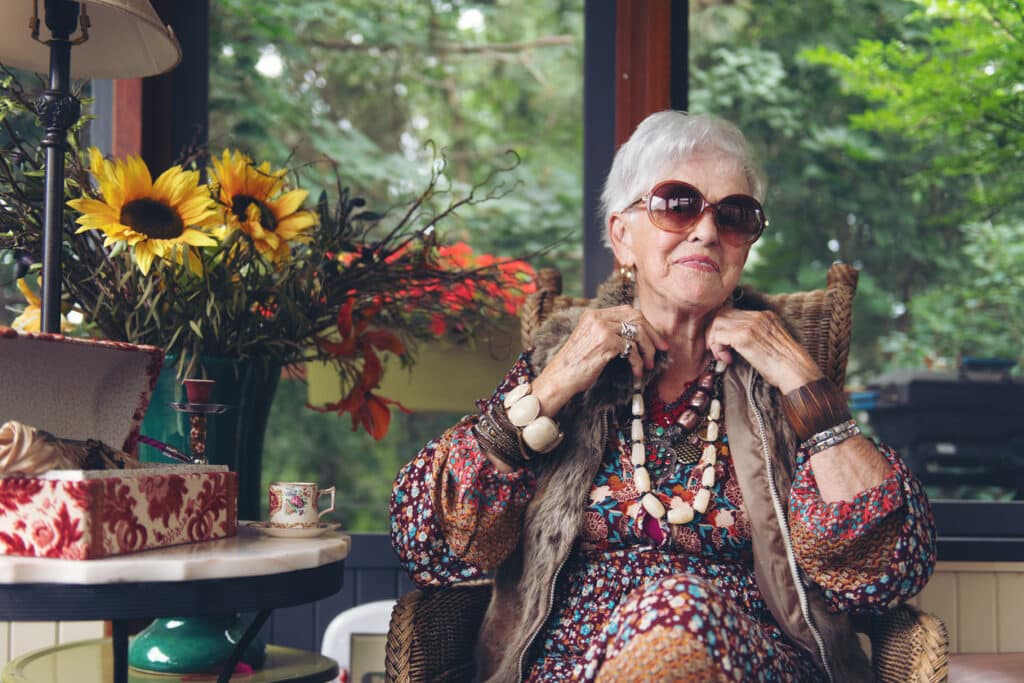
When I work with my clients, we spend a lot of time on what they love, why they gravitate to specific colors, textures (and we don’t limit it to clothes) and experiences. Essentially, self-expression. No matter how old we are, we deserve to express our personal style through pieces and accessories that reflect our uniqueness. Please read this sentence again.
How long has it been since you really looked at your individuality from a place of positivity?
I encourage you to go through your closet and really look at your clothes. Do they represent your individuality, your personality? These two questions will determine whether you need to repurpose your clothes and create more real estate for the pieces that indeed do portray who you are. Isn’t that exciting!
Finally, Breaking Through Stereotypes
Stop listening to those who tell you what you should or shouldn’t wear. Refer to your uniqueness to clear your path on what makes you feel good. Embrace your experiences and celebrate what lights you up. It’s so fun to see women shed limiting beliefs that they’ve been holding on to for decades, really listen and hear what THEY love, and then we weave this into their wardrobe.
You see, lovelies, happiness and self-expression have no age. And once we realize this, magic happens. We allow ourselves permission to be who we’ve always wanted to be, and don’t allow any of the inner critics to sabotage or sway our belief.
Confidence is strong when you let her in, lovelies. Isn’t it time? She’s been waiting to cross the threshold for a long time. Oblige her, love her, and see what happens.
Let’s Have a Conversation:
Have you been told by someone that you should or shouldn’t wear a particular color, cut, style or something else? How do you respond to such limitations? Have you tried shedding your limiting beliefs about style and individuality? Do you like your “after” version?
Read More



 ), and then Melissa’s dress looking cute and perfect for summer. And since the Gorga’s have inspired us to make our ‘zas at home, now we can just focus on getting a new dress delivered to our house.
), and then Melissa’s dress looking cute and perfect for summer. And since the Gorga’s have inspired us to make our ‘zas at home, now we can just focus on getting a new dress delivered to our house.